Nikon Nikkor Z 35 mm f/1.8 S
5. Chromatic and spherical aberration
Chromatic aberration
Reflex camera Nikkors as fast as f/1.4 and f/1.8 often experienced a lot of problems with correction of longitudinal chromatic aberration. In the case of the Nikkor Z 1.8/35 S, however, we see a huge progress in this category. The aberration is perhaps not corrected in a perfect way, because you still can notice slight colouring of out-of-focus images , but, fortunately, that effect remains not especially noticeable.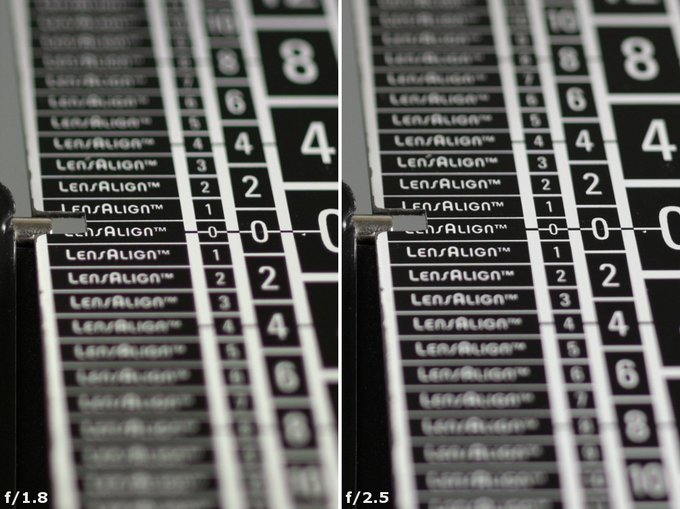 |
Now let's check the correction of lateral chromatic aberration – its performance for both types of detectors, depending on aperture values, presents a graph below.
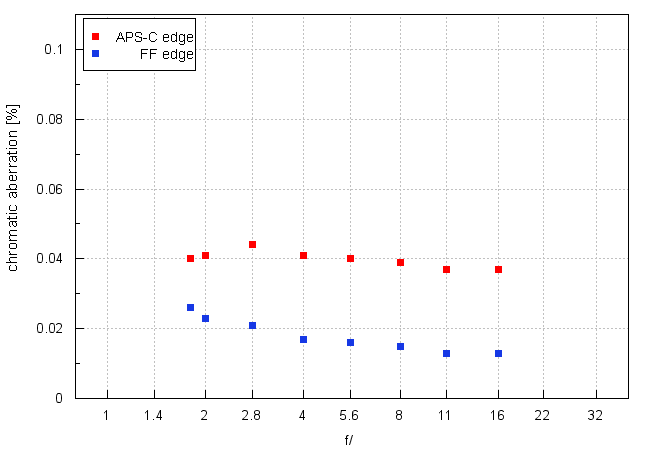
Please Support UsIf you enjoy our reviews and articles, and you want us to continue our work please, support our website by donating through PayPal. The funds are going to be used for paying our editorial team, renting servers, and equipping our testing studio; only that way we will be able to continue providing you interesting content for free. |
- - - - - - - - - - - - - - - - - - - - - - - - - - - - - - - - - - - - - - - - - - - - - - - -
Here we see even more reasons to be happy than in the case of longitudinal chromatic aberration. Maximum results are about 0.04%, a value on the borderline between very low and low level. The performance in this area should be considered really excellent especially when you remind yourself that the Nikkor AF-S 35 mm f/1.8G ED reached even 0.14%. We should also add that the tested lens fares slightly better than the Tamron SP 35 mm f/1.8 Di VC USD and the Canon EF 35 mm f/2 IS USM.
| NikonáZ7, RAW, f/1.8 | NikonáZ7, RAW, f/11.0 |
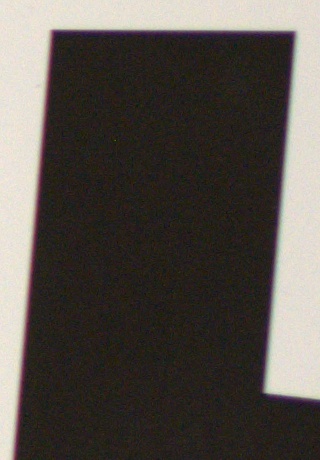
|
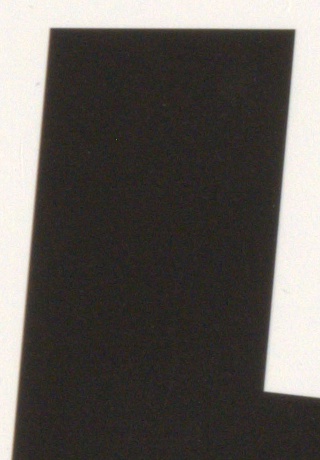
|
Spherical aberration
There aren't any traces of 'focus shift' in first photos of this chapter but when you examine defocused circles of light you can find out some symptoms of spherical aberration. The circle behind the focus shows a quite even light spread but the one we got before the focus features a distinct rim. Overall the differences between both circles aren't especially pronounced and that fact, along with the lack of focus shift and a very sensible image quality by f/1.8 and f/2.0, make us think that we shouldn't have any serious reservations concerning correction of spherical aberration.
| NikonáZ7, f/1.8, in front of | NikonáZ7, f/1.8, behind |
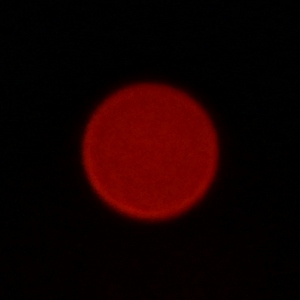
|
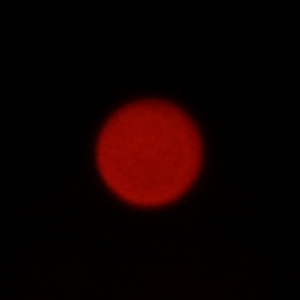
|






